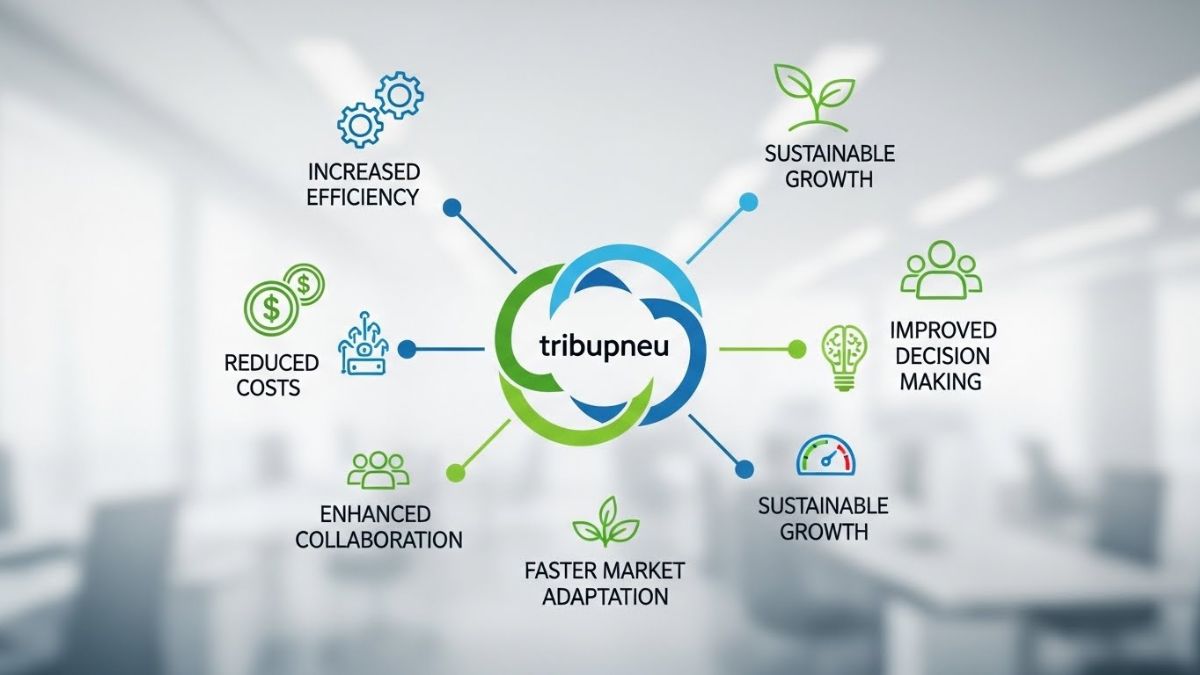In today’s fast-paced digital world, video marketing has become a powerful tool for small businesses aiming to increase visibility and connect with their audience. Videos not only capture attention quickly but also help convey messages more effectively than text alone. Whether it’s showcasing a product, sharing customer testimonials, or explaining a service, videos can build trust and drive engagement. With the rise of mobile usage and social media, incorporating video into your marketing strategy is no longer optional—it’s essential.
What’s more, video marketing doesn’t require a massive budget or a full production team. Thanks to user-friendly tools and AI-powered solutions, small businesses can now create high-quality videos with ease. This guide will walk you through the key strategies to start and grow your video marketing efforts, from planning content to using AI video editors and apps. Whether you’re new to video or looking to improve your current efforts, this guide offers practical steps to help you succeed.
Understand Your Audience and Set Clear Goals
Understanding your audience is the foundation of a successful video marketing strategy. Start by identifying who your ideal customers are—consider their age, interests, buying habits, and pain points. Use tools like Google Analytics, social media insights, and customer surveys to gather this data. When you know what your audience cares about, you can create video content that resonates, educates, and engages effectively.
Once you’ve defined your audience, it’s time to set clear marketing goals. Do you want to boost brand awareness, increase website traffic, or drive product sales? Clear goals will guide your content direction and help you measure performance. For example, if your goal is engagement, you might focus on short, entertaining videos for social media. Having well-defined objectives ensures that your video marketing efforts remain focused and result-oriented.
Choose the Right Video Types for Your Business
Selecting the right video types is crucial for achieving your marketing goals. Different formats serve different purposes—explainer videos are ideal for introducing your product or service, while testimonial videos build credibility through customer experiences. Behind-the-scenes videos help humanize your brand, and how-to videos provide value by educating your audience. Matching video types to your business objectives ensures better engagement and results across platforms.
Consider your buyer’s journey when choosing video formats. Awareness-stage viewers respond well to promotional or storytelling videos, while those closer to making a purchase benefit from demos or case studies. Short-form videos work best for social media, while longer content may suit your website or YouTube channel.
Create a Content Plan and Posting Schedule
Creating a content plan helps ensure consistency and alignment with your marketing goals. Start by outlining the types of videos you want to produce—product demos, how-tos, customer stories—and match them with key business events, promotions, or seasonal trends. Planning your content in advance allows for better resource management and ensures each video supports your broader marketing objectives.
Once your plan is in place, develop a posting schedule tailored to your audience’s behavior. Determine the best days and times to publish based on platform insights and engagement data. Regular posting keeps your audience engaged and signals algorithm activity on platforms like YouTube, Facebook, and Instagram. A consistent schedule, combined with strategic planning, will help your video marketing efforts remain organized, timely, and effective.
Use AI Video Editors to Save Time and Boost Quality
Using an AI video editor can significantly streamline the video creation process for small businesses. These tools use artificial intelligence to automate time-consuming tasks like cutting scenes, adding transitions, generating subtitles, and adjusting background music. With intuitive interfaces and smart features, even beginners can produce professional-looking videos without advanced editing skills or expensive software.
AI video editors also help maintain content quality while saving time and money. You can quickly repurpose existing footage, apply branded elements, and optimize videos for different platforms. This efficiency allows small businesses to focus more on strategy and messaging, while still delivering polished, engaging content that resonates with their audience.
Optimize Videos for SEO and Platform Performance
To maximize your video’s reach, it’s essential to optimize for SEO and platform performance. Start by including relevant keywords in your video title, description, and tags to improve visibility on search engines and video platforms. Write clear, keyword-rich descriptions that explain your content and include links to your website or product pages. Use hashtags strategically to expand your reach on social media.
Enhancing video performance also involves creating attention-grabbing thumbnails and adding captions or transcripts. Captions make your videos more accessible and boost search engine indexing. Include strong calls-to-action (CTAs) encouraging viewers to like, share, comment, or visit your website.
Leverage AI Video Apps to Create Engaging Short-Form Content
Short-form videos are perfect for grabbing attention on platforms like Instagram Reels, TikTok, and YouTube Shorts. With AI video apps, small businesses can quickly create engaging bite-sized content without the need for advanced editing skills. These apps offer smart features like auto-cropping, scene detection, and instant subtitles, helping you produce polished videos that align with trending formats and user preferences.
AI video apps also simplify content creation by transforming long videos into highlights, promos, or teaser clips. You can add branded elements, transitions, and AI-generated voiceovers with just a few clicks. This allows businesses to maintain a consistent presence online and deliver fresh, engaging content that keeps audiences interested and drives traffic to your main offers or platforms.
Track Performance and Improve with Analytics
Tracking your video marketing performance is essential to understanding what’s working and where improvements are needed. Use built-in analytics tools from platforms like YouTube, Facebook, and Instagram to monitor key metrics such as views, watch time, click-through rates, and audience retention. These insights reveal how your audience interacts with your content and help you refine your strategy accordingly.
In addition to platform metrics, consider using tools like Google Analytics to track how videos drive traffic to your website or landing pages. Evaluate which video types perform best, and adjust your content plan to focus on formats that generate the most engagement or conversions. Regularly analyzing data ensures continuous improvement and helps your small business make smarter, data-driven decisions for future video marketing campaigns.
Conclusion
Video marketing is a powerful and accessible tool for small businesses to boost visibility, engage audiences, and drive growth. By understanding your audience, choosing the right video types, leveraging AI tools, and tracking performance, you can create impactful content without a big budget. With the right strategy and consistent effort, your video marketing can deliver lasting results and help your business stand out in a competitive digital landscape.











